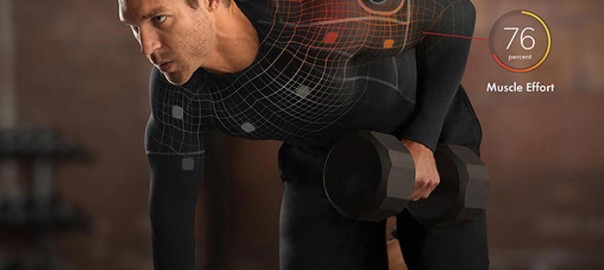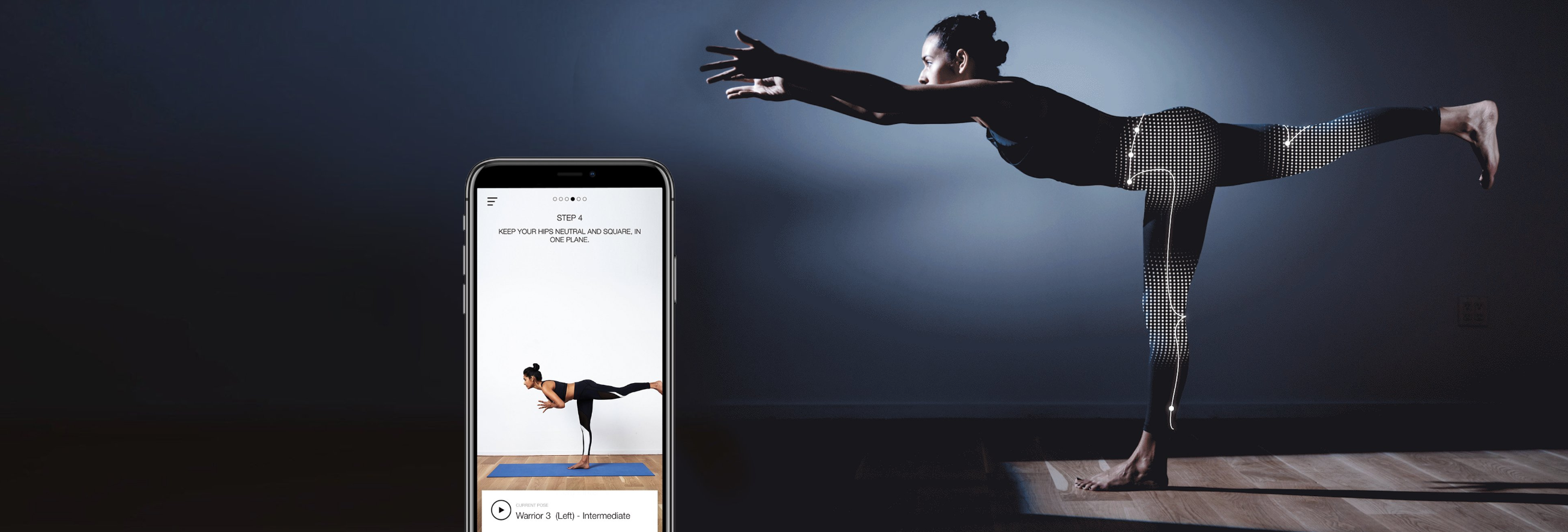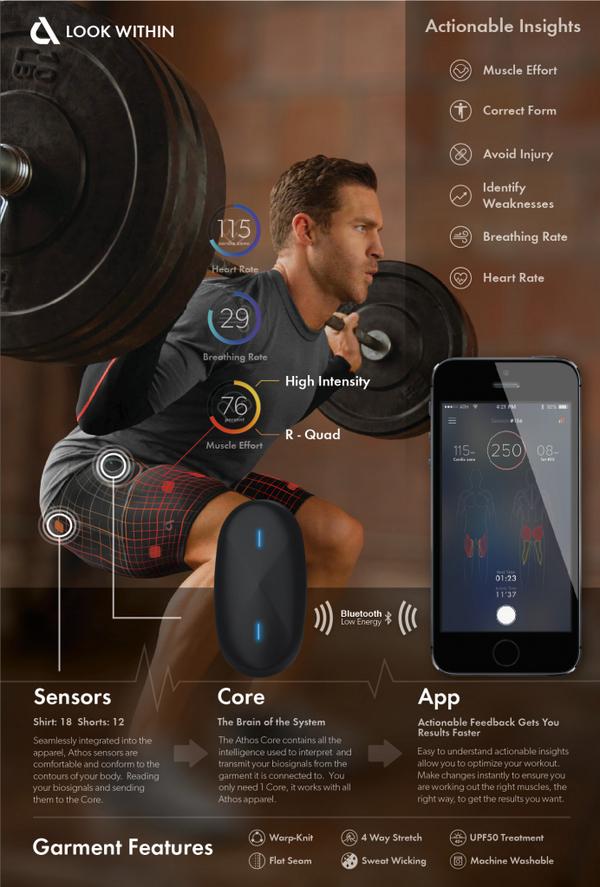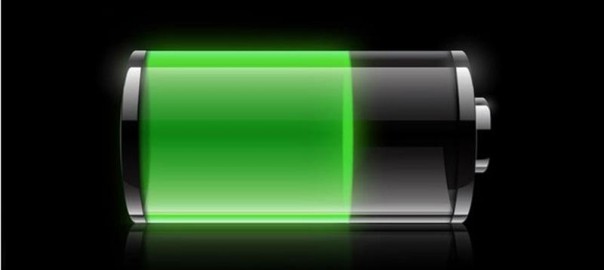Wearables are in a nascent stage since coming into vogue through the advent of Samsung Galaxy Gear in 2013 and the Apple Watch in 2015. Smartwatches and fitness devices like Fitbit continue to reign supreme and help us make our lives more efficient while tracking vital health data and improving our workouts.
The next generation of wearables will be able to cultivate even more data and transmit that information to health professionals with the help of 5G. Machine learning algorithms will help predict potential health issues based on the data gathered. In order to cultivate this data, we predict that wearable clothes fitted with sensors will rise in popularity, yielding ground-breaking applications in Fitness, Healthcare, Emergency Services, and Fashion.
FITNESS
The release of Fitbit in 2009 marked the first consumer-grade wearable focused on activity tracking, precipitating the advent of the smartwatch by four years. Since then, Fitbit has designed and released a line of products focusing on activity tracking, including the Fitbit Versa, a health and fitness smartwatch, and the Fitbit Ace, an activity tracker for children 8+.
Fitbit isn’t the only major player in the wearables game. Nadi X Yoga Pants use built-in haptic vibrations to encourage wearers to move and hold positions.
Sensoria’s second generation connected socks use textile pressure sensors to track the pressure put on the user’s foot when running and inform the user when it senses too much pressure on a particular body part to prevent injury. They also track time, cadence, pace, speed, and distance.
The Thin Ice smart vest cools your body using thermo receptors, activating the bodies brown fat pathways which effectively burns white fat (bad fat).
OMsignal’s OmBra measures heart rate and breathing rhythm in addition to time, distance, cadence pace, and impact for runners.
The Athos Core is perhaps the most thorough and expansive application in smart clothes today. Athos Core collects data from a line of clothing embedded with micro-EMG sensors and analyzes it to help improve your workout. Athos shirts can evaluate electrical activity produced by your muscles to track the exertion of major upper-body muscle groups (pecs, bis, tris, delts, lats, and traps).
HEALTHCARE AND EMERGENCY SERVICES
As cited in our last blog on 5G and healthcare, 86% of doctors say wearables increase patient engagement with their own health.
The second generation Owlet Smart Sock is a smart-sock made for babies which uses pulse oximetry technology to monitor heart rate and sleep patterns.
Siren Smartsocks are designed to prevent diabetics from suffering from foot injuries. They have microsensors designed to continuously monitor temperature for inflammation and alert users through their smartphone app.
As wearable clothes become more popular, applications will automatically contact emergency services when the wearer’s health shows major warning signs.
Invisiwear offers wearable smart jewelry and other accessories with a panic button which gives the option to share your location with loved ones and 9-1-1.
The iBeat Heart Watch monitors health and notifies your loved ones and an EMT team in emergency situations.
FASHION
“Fashion tech” is gradually earning adoption.
On a mass consumer level, Levi’s teamed up with Google’s Project Jacquard to offer a smart trucker jacket designed for urban cyclists. Conducive yarn makes it easy for the user to tap, swipe, or hold the sleeve to fulfill simple tasks like changing music tracks, block or answer calls, or access navigation information.
A London-based design firm THE UNSEEN created a line of luxury accessories including a backpack, phone case, scarf, and more which respond to air pressure, body temperature, wind, sunlight, and touch to change colors.
THE FUTURE OF WEARABLE CLOTHES
Recently, NBA commissioner Adam Silver unveiled the future of the NBA Jersey: a line of smart jerseys that allow you to customize the name and number on the jersey.
There’s no doubt that the future of wearable clothes is still unveiling itself to us as 5G receives mass adoption and programmers continue to uncover potential applications of machine learning. What is clear at this point is that wearable clothes will help make the human race smarter, stronger, healthier, and more efficient.







